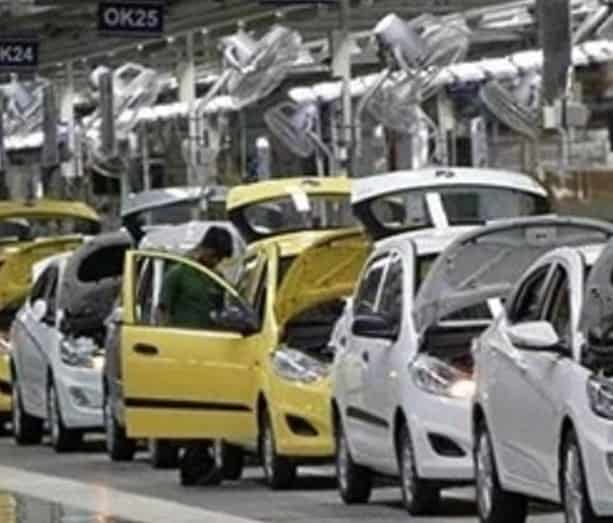India – European car 18-03-2023 - Arhive
India – European car
-Incredible India: that’s why it will be the new Eldorado of the European car
The growth of tensions between the United States and China and the apparent support of the Asian giant for Russia is changing the geopolitical scenarios also in the automotive sector, cooling the relations of European manufacturers with China which, among other things, with the landing of its electric cars in Europe is becoming an increasingly formidable opponent. Hence the growing interest in India which, with a population that has exceeded that of China, with half of the inhabitants under the age of 30, appears to be the fastest growing world economy. Meanwhile, according to estimates by Standard & Poor’s, India already in 2022 with 3.8 million cars has become the third global car market, overtaking Japan. India – European car
But the growth that most interests European manufacturers is that of electric vehicles, which currently represent only 1% of total car sales, but which the Indian government wants to bring to 30% by 2030. And it will do so by dint of incentives . However, European manufacturers are not looking at India only as a market, but also as a possible strategic base for producing low-cost electric cars for export abroad. Maybe even in Europe, to counter the danger of Chinese invasion. Many are thinking about it, from Stellantis, to Renault and Volkswagen. And it is in this scenario, and in the wake of the recent relaunch of negotiations between India and the EU for a global free trade agreement, that Acea, the association that brings together European car manufacturers in Brussels, is asking India to to commit to liberalization also on the automotive front, ensuring the abatement of all customs duties for all EU industrial products, both vehicles and car components.
In a note, Acea underlines that ”exports of European vehicles to India have historically represented a negligible value due to prohibitive tariff and non-tariff barriers and oppressive national taxes, kept in force for decades to promote development of the Indian automotive industry and protect the domestic market from international competition”.
On the contrary, with a domestic production of around 5 million vehicles a year, India has become “a major global exporter of automobiles and the EU has traditionally been one of its main destination markets”. India – European car
To overcome this gap, Acea is asking India to undertake to eliminate the prohibitive tariffs which effectively block the access of EU products to the Indian market. Furthermore, the EU auto industry is asking for “a threshold of 45% of non-originating materials for all vehicles and 50% for car parts and components, including engines”.
A key prerequisite for an agreement concerns vehicle approval rules, which in India must align with international regulatory standards of the sector to avoid technological barriers. Another obstacle to the liberalization of the sector is the high internal taxes. In India, all cars are subject to a tax of 28%, with the exception of electric vehicles, on which a tax of 5% is applied, and hydrogen vehicles, with a tax of 12%. There is then a further tax ranging from 1 to 22% depending on the length of the vehicle, the type of fuel, the engine capacity and the type of bodywork. India – European car
As part of an agreement with the EU, Acea is asking India to extend the 5% tax to plug-in and mild-hybrid vehicles as well and to apply the same tax to larger or more expensive vehicles other cars.
Another focal point is that India guarantees foreign investors the same treatment as domestic ones. An important clarification given that, as Acea points out, ”some European car manufacturers are evaluating the possibility of making substantial investments in electric vehicle technology in India in the coming years, in the wake of the government’s objective of reaching by 2030 an sales of electric vehicles by 30%.

